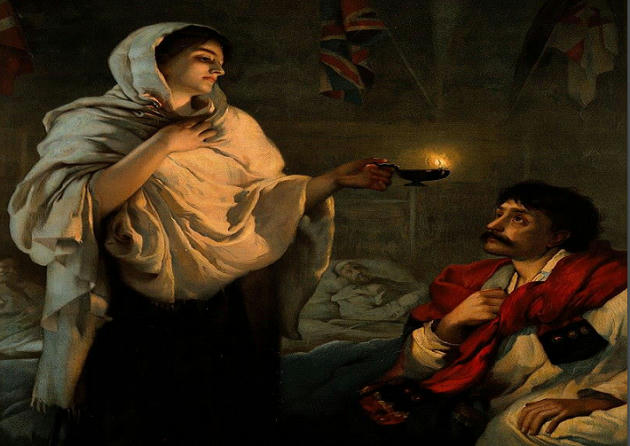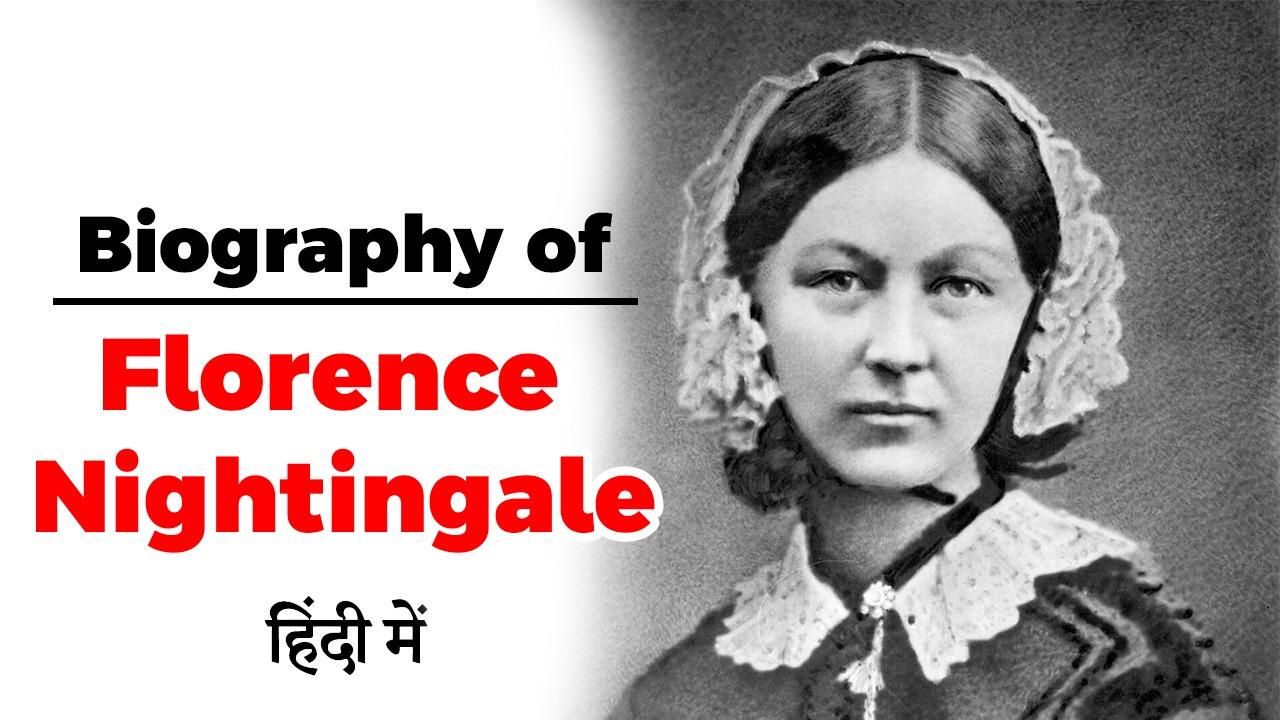Table of Contents
EARLY LIFE
- Florence Nightingale was born on 12 May 1820 into a wealthy and well-connected British family at the Villa Colombaia, in Florence, Tuscany, Italy, and was named after the city of her birth.
- Florence inherited a liberal-humanitarian outlook from both sides of her family.Her parents were William Edward Nightingale, born William Edward Shore (1794–1874) and Frances (“Fanny”) Nightingale (1788–1880).
- Her behaviour was said to be exasperating and eccentric and she had no respect for upper-class British women, whom she regarded generally as inconsequential. She generally rejected female company and spent her time with male intellectuals
PROBLEMS
- Nightingale underwent the first of several experiences that she believed were calls from God in February 1837 while at Embley Park, prompting a strong desire to devote her life to the service of others.
- In her youth she was respectful of her family’s opposition to her working as a nurse. Despite the intense anger and distress of her mother and sister, she rebelled against the expected role for a woman of her status to become a wife and mother.
- Nightingale worked hard to educate herself in the art and science of nursing, in the face of opposition from her family and the restrictive social code for affluent young English women.

REFORMATION
- Later in 1850, she visited the Lutheran religious community at Kaiserswerth-am-Rhein in Germany, where she observed Pastor Theodor Fliedner and the deaconesses working for the sick and the deprived.
- She regarded the experience as a turning point in her life, and issued her findings anonymously in 1851; The Institution of Kaiserswerth on the Rhine, for the Practical Training of Deaconesses, etc. was her first published work.
- She also received four months of medical training at the institute, which formed the basis for her later care.
- On 22 August 1853, Nightingale took the post of superintendent at the Institute for the Care of Sick Gentlewomen London, a position she held until October 1854.
HUMANITY
- Florence Nightingale’s most famous contribution came during the Crimean War, which became her central focus when reports got back to Britain about the horrific conditions for the wounded.
- On 21 October 1854, she and the staff of 38 women volunteer nurses that she trained, were sent (under the authorisation of Sidney Herbert) to the Ottoman Empire
- They were deployed about across the Black Sea from Balaklava in the Crimea where the main British camp was based.
- Medicines were in short supply, hygiene was being neglected, and mass infections were common, many of them fatal. There was no equipment to process food
HUMANITY
- Nightingale reduced the death rate from 42% to 2%, either by making improvements in hygiene herself.
- Death rates were sharply reduced, but she never claimed credit for helping to reduce the death rate.
- Nightingale still believed that the death rates were due to poor nutrition, lack of supplies, stale air, and overworking of the soldiers.
- After she returned to Britain and began collecting evidence before the Royal Commission on the Health of the Army, she came to believe that most of the soldiers at the hospital were killed by poor living conditions.
The Lady with the Lamp
- During the Crimean war, Nightingale gained the nickname “The Lady with the Lamp” from a phrase in a report in The Times.
- The phrase was further popularised by Henry Wadsworth Longfellow’s 1857 poem “Santa Filomena CBI takes charge.

ANGEL OF MERCY
- In the Crimea on 29 November 1855, the Nightingale Fund was established for the training of nurses during a public meeting to recognise Nightingale for her work in the war.
- There was an outpouring of generous donations. Nightingale had £45,000 at her disposal from the Nightingale Fund to set up the Nightingale Training School at St Thomas’ Hospital on 9 July 1860.
- The first trained Nightingale nurses began work on 16 May 1865 at the Liverpool Workhouse Infirmary. Now called the Florence Nightingale School of Nursing and Midwifery, the school is part of King’s College London. • Nightingale wrote Notes on Nursing (1859).
LATER
- Nightingale spent the rest of her life promoting and organising the nursing profession.
- Nightingale’s work served as an inspiration for nurses in the American Civil War. The Union government approached her for advice in organising field medicine. Her ideas inspired the volunteer body of the United States Sanitary Commission.
- In the 1870s, Nightingale mentored Linda Richards, “America’s first trained nurse”, and enabled her to return to the United States with adequate training and knowledge to establish high-quality nursing schools.
- By 1882, several Nightingale nurses had become matrons at several leading hospitals, including, in London (St Mary’s Hospital throughout Britain
LATER
- In 1883, Nightingale became the first recipient of the Royal Red Cross. In 1904, she was appointed a Lady of Grace of the Order of St John (LGStJ).
- In 1907, she became the first woman to be awarded the Order of Merit.In the following year she was given the Honorary Freedom of the City of London. Her birthday is now celebrated as International CFS Awareness Day.
- From 1857 onwards, Nightingale was intermittently bedridden and suffered from depression. Despite her symptoms, she remained phenomenally productive in social reform.
- Florence Nightingale died peacefully in her sleep in her room at 10 South Street, Mayfair, London, on 13 August 1910, at the age of 90.
CONTRIBUTION
- Statistics and sanitary reform
- Women empowerment






















 WhatsApp
WhatsApp